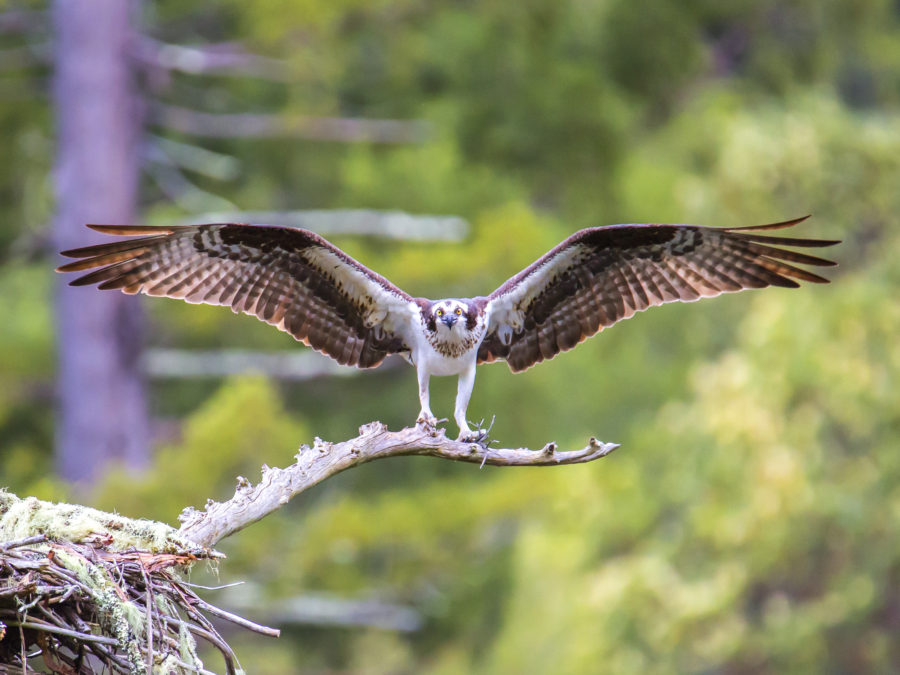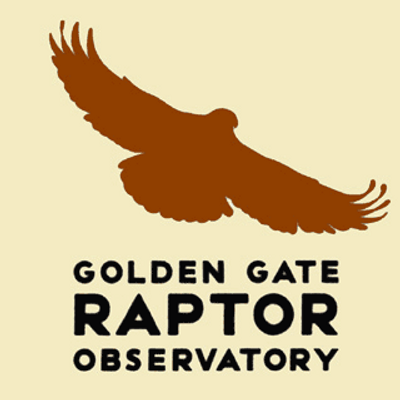Zoom Webinar
Online Birding: The Natural History of Osprey in Marin County: Colonization and Population Growth
Zoom Event CA, United StatesZoom Program - CLICK HERE to signup
Start Date: Wednesday: October 21, 2020
Time: 7 PM to 8:30 PM
With Jules Evens
Since the establishment of a nesting colony of Osprey at Kent Lake beginning in the mid-1960’s, the local population grew exponentially, at least over the next three decades. Beginning in the mid-1990’s, the numbers leveled off and then began to decline somewhat. This presentation will trace the dynamics of that founding population, discuss the reasons for its local decline as well as the population’s expansion in the greater Bay Area.
Born and raised in New England, Jules lived with his family and worked as a wildlife biologist in western Marin County for over three decades. He currently lives in coastal Oregon but returns to Marin for field work and friendships. His primary research focuses on tidal wetlands, avian population trends, and species at-risk. He has written three California Natural History Guides: The Natural History of the Point Reyes Peninsula (3rd ed. 2008), An Introduction to California Birdlife with Ian Tait (2005), and Birds of the Northern California Coast with Rich Stallcup (2014).
Photo Credit: Dave Strauss
Online Birding: Red Tales, Hawkish Behaviors, and Migratory Stories – Revelations from the GGRO’s First 35 Years
Zoom Event CA, United StatesZoom Program - CLICK HERE to signup
Start Date: Wednesday, October 28, 2020
Time: 7 PM to 8:30 PM
With Allen Fish
Each fall, tens of thousands of birds of prey funnel overhead at the Marin Headlands, the largest known raptor migration along the Pacific Coast. In the early 1980’s a few Marin citizens started conducting counting and banding studies on the flight, studies that drew many volunteers and soon evolved into the Golden Gate Raptor Observatory, a full-fledged program of the Golden Gate National Parks Conservancy in cooperation with the National Park Service. Today, the GGRO is part of a broad program of community science and ecological stewardship coordinated by the Parks Conservancy, including ONE TAM, and the Native Plant Nurseries.
Now 35 years old, with four staff and 240 volunteers, the GGRO is the only barometer of migrating raptor populations in California, providing population trends and migration locations for up to 19 species of hawks, kites, falcons, eagles, osprey, vultures, and harriers. Along with keeping an annual pulse on California’s raptors, the GGRO has forged long-term relationships with local biologists – to study a range of stressors on the wild birds of prey we have in hand, among them, diseases, parasites, rat poisons and other toxins.
Come join us for an entertaining discussion of the GGRO, Migratory Story and all things raptor, as GGRO director Allen Fish delves into the best stories from Hawk Hill, as well as the unique meaning of 2020 for long-term bird monitoring. For many Bay Area birders, Allen needs no introduction. The GGRO’s first director, he was hired in 1985. With a background in evolutionary ecology and conservation biology from UC Davis, Allen has a particular interest in bird population responses to urban development, climate change, and other human pressures. His presentations always manage to inform and entertain audiences. This program will no doubt continue that tradition.

